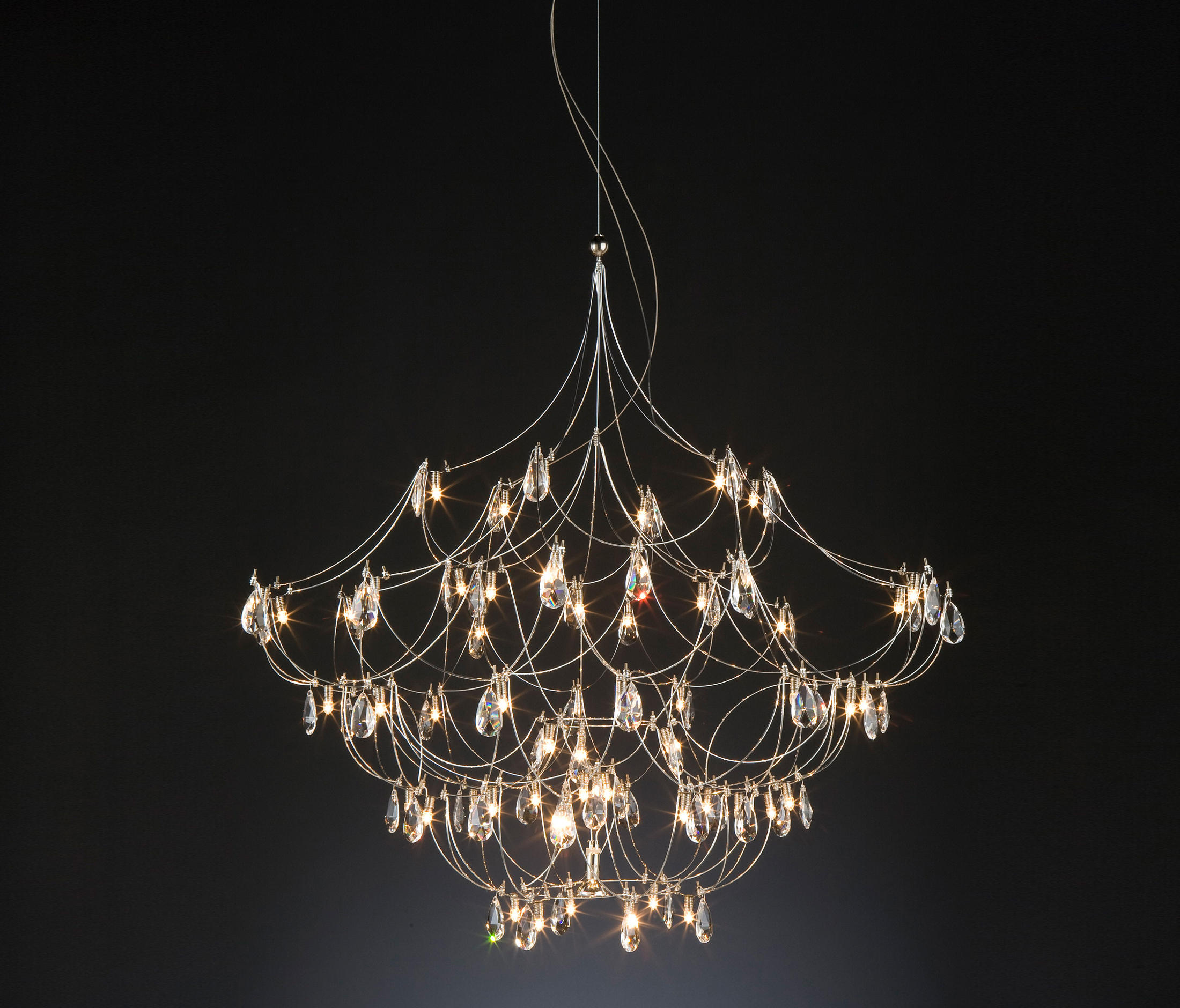

We shot everything on an Alexa Classic in 2k ProRes 4444 with CineAlta lenses. For diffusion, the only thing I did was wrap the actual Quasar tubes in bleached and unbleached muslin cloth which put out a surprisingly soft light and worked magnificently well in a pinch. So, I used my favorite gels within that color space to get the look, by using Rosco Cyan 60 and Lee Straw 103 and Lee Amber (forget the number).

We wanted an authentic teal and orange color scheme, without having to resort to finding the look within post / grade. At the risk of sounding like a Quasar commercial, I'll shut up about them now.
#Quasar lights zip#
I could sneak them into every corner, nook and cranny, show them on screen, gaff them to the sides of walls, ceilings, zip tie them to piping, use them as practicals. Lighting the space and then adding in a little extra eye light where needed for talent was something I've never done. The whole experience has been a revelation to me, as until now for the last 5 years as a hobbyist cinematographer inching my way into making it a career. However, once in place, I only adjusted dimmers and levels on all the lights to accommodate the angles we happened to be shooting. My approach was to essentially cover every single angle, which to do so, took nearly 2 hours or more of setup time each morning. I decided to light every space we shot in from day to day, 100% with Quasar LED tubes in essentially every section of that particular day's set. So, I did something I've never tried before. We had to move quite quickly, at a pace of 10+ pages every day, I knew there would be very little to essentially zero time to tweak between setups.

Our budget was small (under 8k), my access to larger lights and the ability to man with adequate crew was not really an option. I'm not used to having to light 100% of every scene in a film and not being able to build off practical light in some small way.
#Quasar lights windows#
Our location had no natural light, no windows and no practical light that was usable for our purposes. Since then, Quasar’s collection has become only one, but with each design now a standout star.Over the past 12 days, I had a pretty fun experience shooting an essentially non-budget sci fi indie film. They took the premise that it is not necessary to distinguish a collection if all models are strong on their own. In the early days, Quasar worked with three collections, before deciding to merge them all into one. This has given Quasar an enormous boost and allowed them to become more internationally recognised. Throughout the years, the collection has been (and continues to be) enriched by remarkable designs from numerous Dutch designers, but moreover, designers from overseas. Whilst the collection has changed somewhat since then, Quasar, still to this day, continues to offer many finishes, allowing each design to be used in classic, timeless or modern ambience. At the time, the collection consisted mainly of cast metal lighting designs, available in three finishes: raw aluminium, polished aluminium and bronze, with each finish lending itself to one of three categories: classic, timeless or modern ambience. The term ‘Quasar’ – simply defined – means ‘a rising star’… And this is the story of how Quasar, a family lighting business, became a rising star within the international lighting market, and continues to burn brighter than ever, as the collection strengthens and grows, year on year.įather and Founder Teun van Gammeren first launched Quasar internationally in 1992, at Euroluce, Milan.


 0 kommentar(er)
0 kommentar(er)
